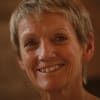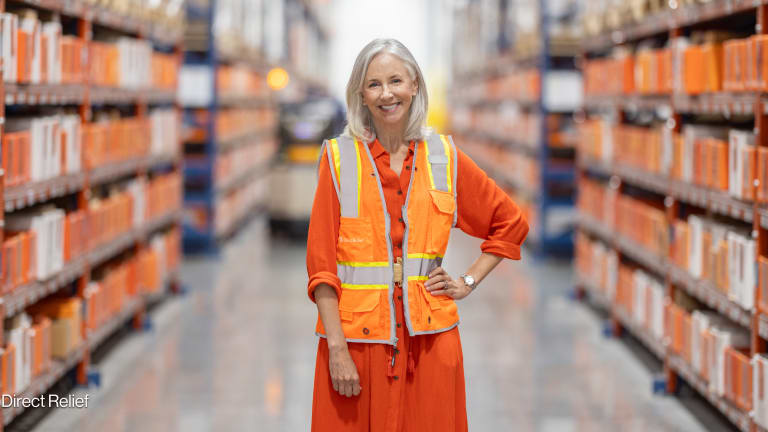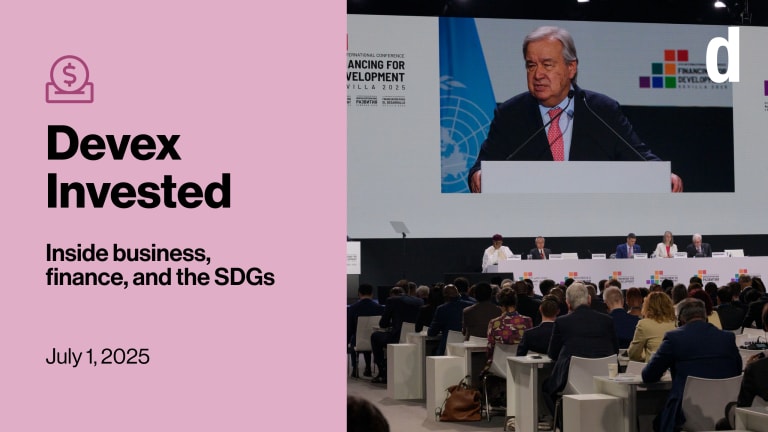
The quiet, formal atmosphere of an evidence hearing at the International Development Select Committee — where I spoke late in January about the need to prioritize disability in development programs — could not have felt farther away from the people we work with in Uganda and Zambia.
Yet efforts must also come from the United Kingdom, as an international leader in development cooperation, if we are truly to instigate change.
The U.K.’s Department for International Development is considering how best to include the needs of disabled people in its programs, which we welcome.
But this is not the first time.
In the late 1990s, as head of Action on Disability and Development, I contributed to another DfID document on this same subject. That millennium report now needs urgent follow-up, as part of the post-2015 U.N. Sustainable Development Goals.
We cannot see disabled people left out again.
WaterAid was asked to give evidence calling on our work in the Undoing Equity project in Uganda and Zambia, where we have examined how programs on water, sanitation and hygiene can be made more accessible. We’ve worked with the Water Engineering and Development Centre and the SHARE research consortium, funded by DfID, with an eye to having accessible facilities taken to scale elsewhere.
What we have found is that international development that meets the needs of disabled people does not need to be complex, expensive or difficult — it just needs to be front of mind. Disabled people make up 15 percent of the world’s population, according to the World Health Organization — that is 1 billion people.
Consider the experience of Esther Cheelo, whom our programme worked with in Zambia. Blind, older and with difficulty walking, Esther has for years relied upon children to walk her into the scrubland near her home to find a place to relieve herself — a humiliating and sometimes dangerous experience. She has fallen into ditches, been embarrassed by passers-by, cut herself on thorns and brush.
But then, with the help of a WaterAid partner organisation, her village got a water point and toilets for the first time. Her family, drawing on the example of another household, built her an accessible toilet and added a guide rope, which Esther can now find and follow on her own. With the new water point, rationing has eased, and the village’s women and children no longer have to walk long distances to fetch drinking water.
“Before they brought water, I could bathe once a month. I was smelling. That is the truth,” Esther confided. “People never used to eat with me because I was dirty and smelling. Now everyone can eat together as I am no longer dirty.”
Consider the change: Esther no longer has the humiliation of having to wait for help to relieve herself and is now able to participate more fully in the events of her village, and put forward the needs of other disabled people. And the children who used to help her to the toilet are now more able to focus on their education or to helping parents at home.
All this, from just one basic toilet, a guide rope, and a nearby water point.
While appearing before the Committee, my colleagues — from Bond Disability and Development Group and Handicap International — and I faced stern questioning about the costs involved in making disabled access an across-the-board policy.
My response was “what are the costs of not doing this?” Where schools are without accessible toilets, we deny 15 percent of students an education. Where water points and community latrines are not accessible, we deny 15 percent of the population the ability to look after their most basic needs. Their families, who fetch water and help their loved one to the toilet and to wash, miss opportunities to work or study.
The costs are not prohibitive.
Research conducted in Tanzania by the water and engineering development center at Loughborough University shows that designing a school latrine accessible to disabled children adds less than 3 percent to the total cost of building.
We are therefore now developing a catalogue of accessible designs for water and sanitation projects that we plan to share widely. These low-cost, low-tech solutions include ramps, wider entrances, simple handrails and movable wooden toilet seats.
But more than that, we are calling on DfID to make inclusive design a mandatory requirement in all its aid investments. Through bilateral and multilateral programs and the work of nongovernmental organizations, this will ensure that hospitals, schools, roads, electoral systems and more are accessible to all.
As the Committee meets again on February 4, its members will hear from Lynne Featherstone — the U.K. parliamentary undersecretary of state for international development, who has seen first-hand WaterAid’s work in Uganda and who has been a vocal advocate in government for the rights of disabled people — and from Amina Mohammed, the U.N. Secretary-General’s special advisor on post-2015 development planning.
We hope the Committee will follow with firm recommendations for inclusion.
Disabled people remain among the most marginalized and poorest members of their communities, and the most likely to be left out of global efforts to reduce extreme poverty.
If we really want everyone, everywhere to access water and sanitation by 2030, and to heed [U.N. Secretary General] Ban Ki-moon’s call to “leave no one behind,” then we need to reach out to make sure those disabled people who have traditionally lacked a voice are heard and included.
Join the Devex community and access more in-depth analysis, breaking news and business advice — and a host of other services — on international development, humanitarian aid and global health.








